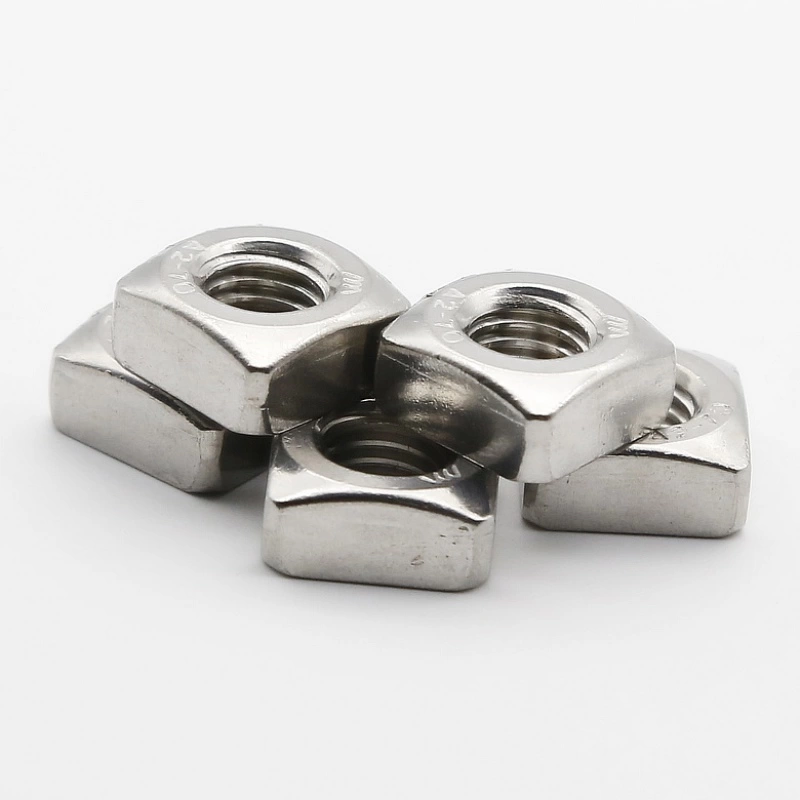

High-Quality Hot Dip Galvanized Bolts and Nuts for Durable Construction Applications and Projects
Aug . 13, 2024 05:56 Back to list
High-Quality Hot Dip Galvanized Bolts and Nuts for Durable Construction Applications and Projects
The Significance of Hot-Dip Galvanised Bolts and Nuts in Construction
In the realm of construction and engineering, the choice of materials is critical for ensuring the durability and longevity of structures. Among the various fastening solutions available, hot-dip galvanised bolts and nuts have gained significant recognition for their exceptional performance and reliability. This article explores the various benefits, applications, and maintenance of hot-dip galvanised bolts and nuts, emphasizing their importance in modern construction.
What is Hot-Dip Galvanisation?
Hot-dip galvanisation is a process that involves coating steel or iron fasteners with a layer of zinc to protect them from corrosion. The process begins by cleaning the bolts and nuts to remove any contaminants. The cleaned items are then immersed in molten zinc, where the zinc reacts with the underlying iron or steel to form a durable alloy coating. This results in a thick, persistent protective layer that significantly enhances corrosion resistance, making it ideal for outdoor applications and environments prone to moisture and chemical exposure.
Advantages of Hot-Dip Galvanised Bolts and Nuts
1. Corrosion Resistance One of the most significant advantages of hot-dip galvanised fasteners is their exceptional resistance to corrosion. The zinc coating acts as a barrier, preventing moisture and air from reaching the underlying metal. This resistance is crucial for applications in coastal areas or regions with high humidity, where uncoated fasteners would rapidly deteriorate.
2. Durability The metallurgical bond created during the galvanisation process ensures that the coating adheres firmly to the base metal, providing a long-lasting solution. Hot-dip galvanised bolts and nuts can withstand physical impacts and wear, making them suitable for high-stress applications.
3. Cost-Effectiveness Although the initial cost of hot-dip galvanised fasteners can be higher than that of uncoated alternatives, their longevity and reduced maintenance requirements often lead to long-term savings. Fewer replacements and repairs translate to lower lifecycle costs, making them a financially prudent choice in the long run.
hot dip galvanised bolts & nuts

4. Aesthetic Appeal The shiny, silver appearance of hot-dip galvanised bolts and nuts can enhance the overall aesthetic of a structure. Their visually appealing finish is often preferred in architectural applications where the appearance of fasteners is taken into consideration.
Applications
Hot-dip galvanised bolts and nuts are utilized across a broad spectrum of applications. In construction, they are commonly found in bridges, buildings, and infrastructure projects, where structural integrity is paramount. They are also widely used in the manufacturing of machinery, railways, and outdoor furniture, reflecting their versatile nature. Furthermore, industries such as automotive and HVAC systems rely on these fasteners for components exposed to harsh environments.
Maintenance
Despite their resilience, it is essential to conduct regular inspections of hot-dip galvanised bolts and nuts, particularly in critical applications. Although the zinc coating offers substantial corrosion protection, any damage to the coating, such as scratches or dents, can compromise its effectiveness. In such cases, applying a zinc-rich touch-up paint can restore the protective layer and extend the lifespan of the fasteners.
Conclusion
Hot-dip galvanised bolts and nuts are indispensable components in modern construction and industrial applications. Their corrosion resistance, durability, and cost-effectiveness make them a preferred choice for many engineers and builders. By understanding their features and properly maintaining them, stakeholders can ensure the integrity and longevity of their projects, ultimately contributing to safer and more sustainable structures. As the industry continues to evolve, hot-dip galvanised fasteners will undoubtedly remain a cornerstone of reliable engineering practices.
Latest news
-
Hot Dip Galvanized Bolts-About LongZe|High Strength, Corrosion Resistance
NewsJul.30,2025
-
High-Strength Hot Dip Galvanized Bolts - Hebei Longze | Corrosion Resistance, Customization
NewsJul.30,2025
-
Hot Dip Galvanized Bolts-Hebei Longze|Corrosion Resistance&High Strength
NewsJul.30,2025
-
High-Strength Hot-Dip Galvanized Bolts-Hebei Longze|Corrosion Resistance&High Strength
NewsJul.30,2025
-
Hot Dip Galvanized Bolts-Hebei Longze|Corrosion Resistance&High Strength
NewsJul.30,2025
-
Hot Dip Galvanized Bolts - Hebei Longze | Corrosion Resistance, High Strength
NewsJul.30,2025

